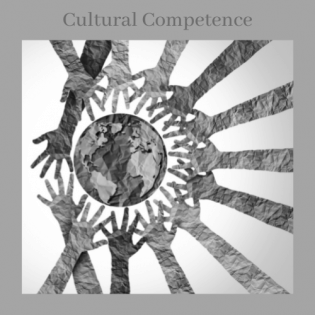Immigrants and Refugees
Through the voices of an immigrant and refugee, youth gain empathy and understanding of the experience of leaving your home for a new place.
- Define immigrant and refugee
- Understand ways to welcome immigrants and refugees
Device with internet access for Giving Back activity
Get ready to share the story “Julia Moves to the United States” - both audio and text are available
immigrant: person who moves to another country to start a new life
refugee: person who is forced to leave their country to escape danger
Encourage the youth to research their own family histories, including any immigration.
In what ways do we all benefit from the variety of cultures in our communities?
- “Julia Moves to the United States” by Sean McCollum (text and audio) https://www.learningforjustice.org/classroom-resources/texts/julia-moves-to-the-united-states
- “Kids Meet a Refugee” https://youtu.be/7GdDnbNpRNE
- Learning to Give. We Came to America literature guide https://www.learningtogive.org/resources/we-came-america-literature-guide
Instructions
Anticipatory Set:
Have you ever gone somewhere new? Maybe you were on a vacation, or your family moved to a new place. When you go somewhere new, what do you do to prepare? What are some things that might be challenging?
Listen to the story “Julia Moves to the United States” about author Julia Alvarez. Review the definition of immigrant: a person who moves to another country to start a new life. Discuss what challenges Julia experienced and what it must have felt like. How was she different from her classmates?
Explain that an immigrant is different from a refugee. A refugee is a person who is forced to leave their country to escape danger. With the group, discuss similarities and differences in the two types of people. Some suggestions:
- Similarities: might feel nervous or scared in a new country, might not have family nearby, may need to learn a new language, need to make new friends, might have a hard time fitting in
- Differences: refugees may not be able to bring anything with them, immigrants may return to their home country for visits, refugees may not get to choose what country they go to, immigrants are able to plan before leaving their home country
Show the video “Kids Meet a Refugee.”
Discuss with the group what they heard about Aline’s experience.
Give each learner a print-out of an empty suitcase. Ask the youth to write or draw into the suitcase 2-3 items they would take with them if moving to a new country.Giving back to the community: The organization Letters of Love facilitates kids writing hand-written letters to refugee children. Allow each youth to write a letter of their own using their website.
